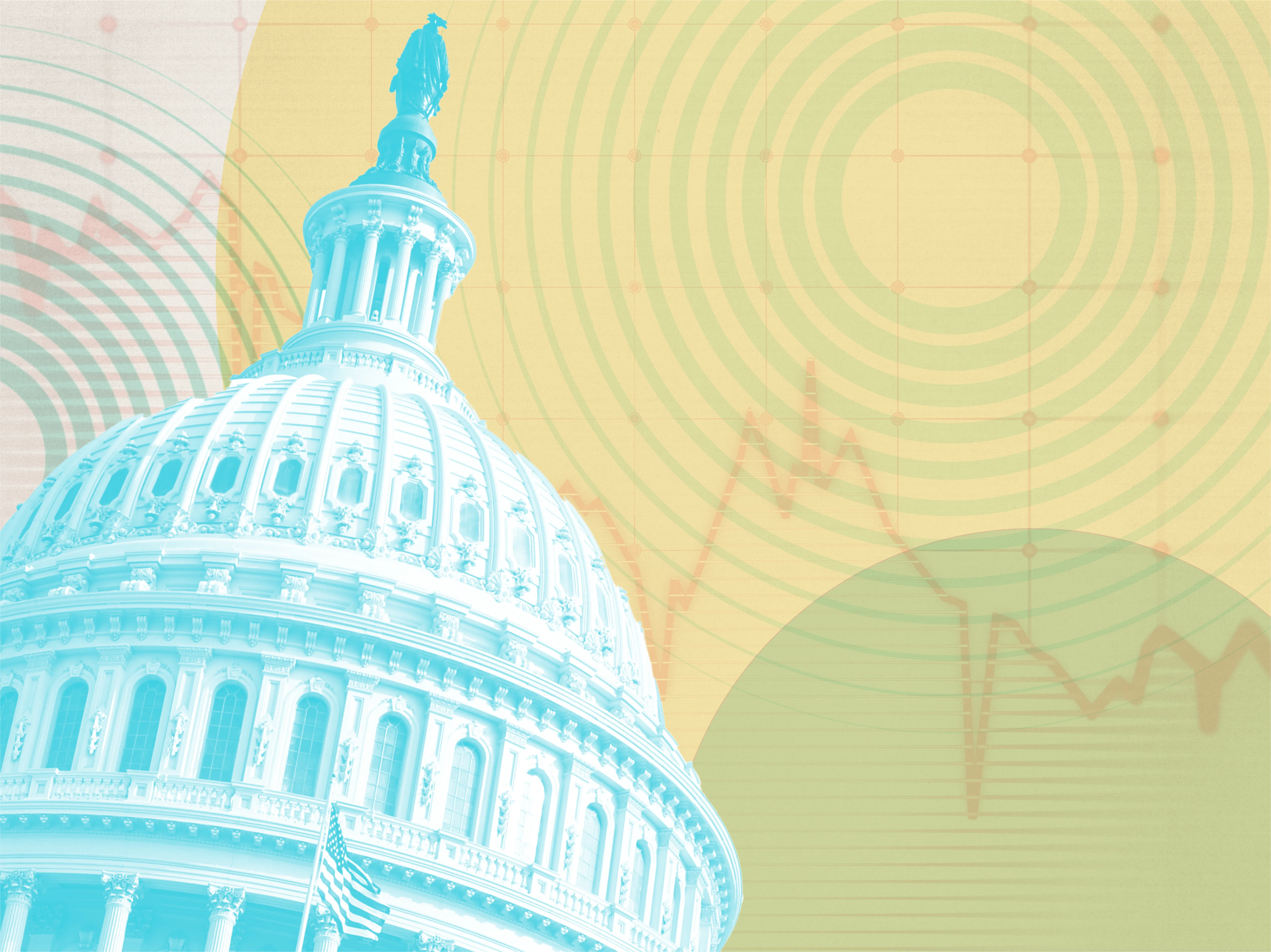
Meeting the Moment We’re In
Across the country, utilities are navigating a convergence of pressures—rising temperatures, escalating energy costs, shrinking federal assistance, and the growing vulnerability of both traditionally income-qualified and financially stressed “middle market” households. Our recent industry discussion revealed not only the depth of these challenges, but also a powerful collective will to address them through trust, empathy, collaboration, and innovation.
As your partners in this work, ILLUME is pleased to share the key insights that emerged from this dialogue and offer a summary of strategic actions that utilities can take now to meet this moment.
Key Insights from Industry
1. Growing Financially Vulnerable Middle
- More customers are living paycheck to paycheck—and are newly eligible or near-eligible for assistance.
- Economic stress is deepening for both low-income households and the working middle class, especially renters.
2. Trust is the Foundation for Engagement
- Customers are more likely to engage when programs are delivered through community-based organizations and familiar faces.
- Mistrust—particularly among immigrant and historically marginalized populations—requires sustained, not transactional, outreach.
3. Barriers Are Multifaceted
- Administrative complexity (paperwork, income verification), cultural discomfort, and stigma keep people from enrolling.
- Program success depends on understanding the emotional, social, and logistical context of participants’ lives.
4. Empathy Must Be Built into the Customer Journey
- Utility call centers and outreach staff often serve as the first point of contact during moments of financial or emotional stress.
- Empathy training and revised scripts can significantly influence participation, trust, and retention.
5. Language Access Requires Cultural Competence
- Google Translate is insufficient. Programs must account for dialects, literacy levels, and cultural nuance.
- Transcreation, in-language support, and customer testing are best practices for effective engagement.
6. Simplifying Eligibility and Enrollment Increases Participation
- Geographic pre-qualification, auto-enrollment, and self-attestation can reduce friction and increase reach.
- Linking eligibility to other public programs (e.g., SNAP, Medicaid) is an increasingly common and effective approach.
7. Customer Journeys Must Be Seamless
- Customers benefit from single points of contact or concierge-style services that manage interactions across utilities and programs.
- Reducing the number of steps and decision points improves program uptake and satisfaction.
8. Traditional Cost-Effectiveness Models Are a Constraint
- Programs focused on energy savings alone may miss the mark on affordability, equity, and resilience goals.
- New valuation models are emerging to better capture the social, health, and economic impacts of programs.
9. Accountability Must Be Embedded in Implementation
- Equity and engagement goals must be written into RFPs, contracts, and implementer KPIs to drive real change.
- Metrics for linguistic access, community partnerships, and participation equity are essential.
Strategic Actions Utilities Can Take Now
1. Adopt Alternative Eligibility Models
- Use geographic and third-party program enrollment to streamline participation.
- Implement self-attestation with safeguards.
2. Invest in Community-Based Delivery
- Build long-term partnerships with local organizations to extend your reach and credibility.
- Fund trusted messengers and community navigators.
3. Embed Empathy Across the Customer Experience
- Provide empathy and trauma-informed training to frontline staff.
- Rethink program messaging to reduce stigma and elevate dignity.
4. Reimagine Language and Cultural Access
- Translate materials with community input and cultural review.
- Hire or contract in-language staff for enrollment and outreach support.
5. Create Seamless Customer Pathways
- Develop concierge or “single point of contact” models to reduce customer burden.
- Integrate program intake across electric, gas, and social service offerings.
6. Push for Evolved Regulatory Frameworks
- Advocate for cost-effectiveness tests that value non-energy benefits.
- Collaborate with regulators and policymakers to align goals and funding streams.
7. Establish Accountability Through Contracts
- Embed equity targets, trust-building KPIs, and community engagement metrics in vendor agreements.
- Measure outcomes beyond participation counts—track satisfaction, trust, and persistence.
Select Supporting Resources
Unstable Governance, Uncertain Markets: The Business Costs of Federal Disinvestment
This article explores how federal uncertainty impacts long-term business planning and highlights some of the proactive steps that can be taken to move forward.
Engaging with Customers in Their Preferred Language
This white paper shares the results of an expansive study focused on language-focused barriers and a journey analysis to better understand the experiences of LOTE and LEP customers.
A Square Peg and a Round Hole: Advancing Affordability, Access, and Resiliency
In this case study, ILLUME shares valuable lessons from our work and provides a guide to translating equity policies into goals into actionable strategies utility policies and programs.
Balancing Your Priority Population Framework
An overview of ways in which states are implementing energy equity and justice legislation to achieve more equitable processes and outcomes.
Let’s Keep the Conversation Going
We know the best solutions come from collaboration. If you’re exploring how to implement any of these strategies—or piloting something new—we’d love to hear from you. At ILLUME, we’re committed to helping utilities evolve to meet the needs of their communities with integrity, creativity, and care.






